Fall migration, an overview
Flock of Sandhill Cranes migrating south
Many birds migrate, as you know. In our valley, spring migration unfolds gradually, some
birds arriving to breed here as early as February, others not until June. And in the fall
migration doesn’t all happen at once either. Birds that spent their summers here fly south
in fall, their departure spread over several months too. In many species, the adult birds fly
first, leaving their full-grown offspring to make their own way. Many of these don’t make it.
Some take a ‘wrong turning’, others are killed by predators or hit windows, or linger too
long until increasing cold causes their death or forces them to move on. (Incidentally, fall is
often when ‘rarer’ species are seen here, frequently juvenile birds off-course after hatching
somewhere else, either north or south. You can see photos of some of these on the
Okanagan Birds page of my website at www.pamlaingkelowna.ca.)
Greater Yellowlegs
Some species fly south in small numbers a few at a time. Some, such as hawks, move en
masse. A fall hawk watch can be a thrilling event to witness. As another example, I find the
movement of huge flocks of Sandhill Cranes equally thrilling, their harsh croaking calls
heralding their progress across our skies. Here’s a photograph of one such flock flying over
Kelowna one September.
Osprey
So let’s look at some of the birds that are leaving us during fall migration, when they go, and
what species we can watch for afterwards.
Cinnamon Teal (m)
August: During some of the hottest days of the summer, shorebird migration begins. First
to arrive from breeding further north are usually the Greater, then the Lesser Yellowlegs.
Other species to head south over the late summer and early fall are the ‘peeps’ such as
Western Sandpiper, Least Sandpiper, Sanderling and so on. When water levels are high in
our valley, as they have been for the past few years, there is little shore. So the numbers of
shorebirds we see here can drop dramatically, since the birds fly over.
Other birds which leave early are the insect-eaters, such as flycatchers, nighthawks, swifts,
and swallows. Hummingbirds also migrate early, males first, followed by female and young
at a later date. It is rare to see a hummingbird here in September or later.
September/October: This is the peak of fall migration. Most Osprey are gone by the end of
September or early October. By the end of October vireos, summer-visiting sparrows,
Western Tanagers, Lazuli Buntings, Black-headed Grosbeaks, Bullock’s Orioles and most of
the warblers, Ruby-crowned Kinglets and Cedar Waxwings are gone.
Northern Shrike
October/November: Migrant ducks and grebes move southwards a little later than the
species above. These include Northern Pintail, Northern Shoveler, Blue-winged and
Cinnamon Teal, and the Western and Eared Grebe.
But as the breeders go south, other birds arrive! Moving in from the north to escape the
harsher conditions there will be our first Bohemian Waxwings, Northern Shrike, Snow
Geese, Rough-legged Hawk, and the wild swans, Tundra and Trumpeter. So we don’t need
to bewail the loss of the migrants which have gone. They will be back next spring. And in
the meantime, we can celebrate the returnees from the Arctic, here to spend the winter
while their more tropical cousins are elsewhere. There is always something to look at in the
bird world!
Rough-legged Hawk
Pam Laing
Okanagan birder







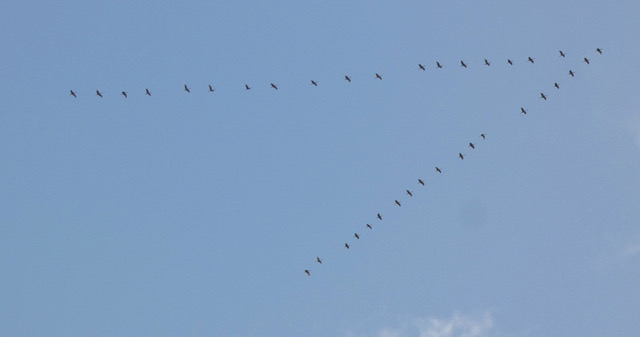
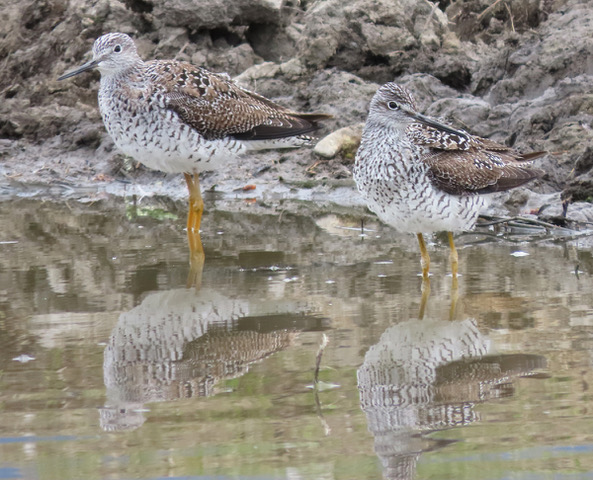
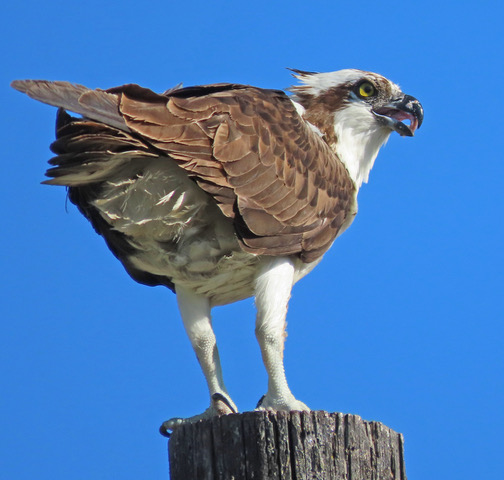
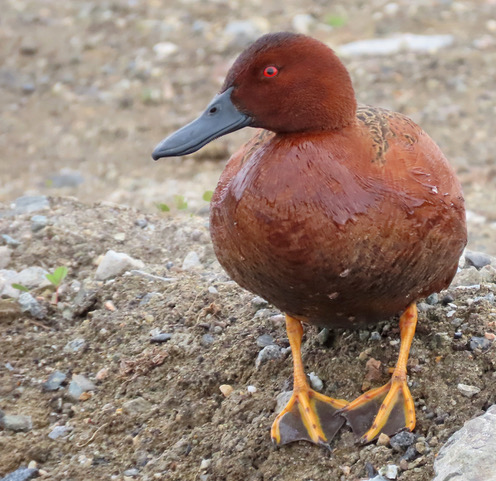
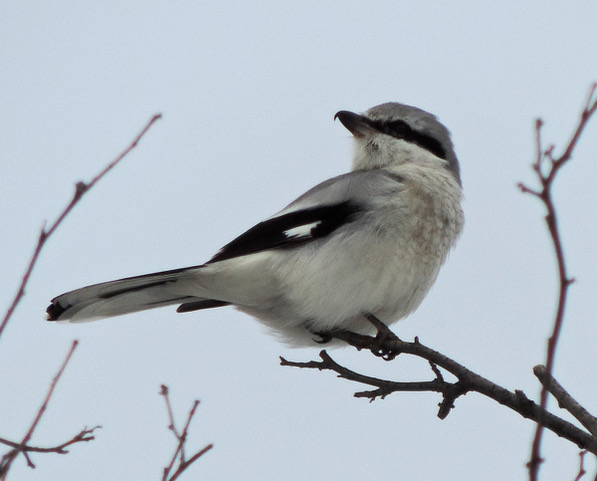
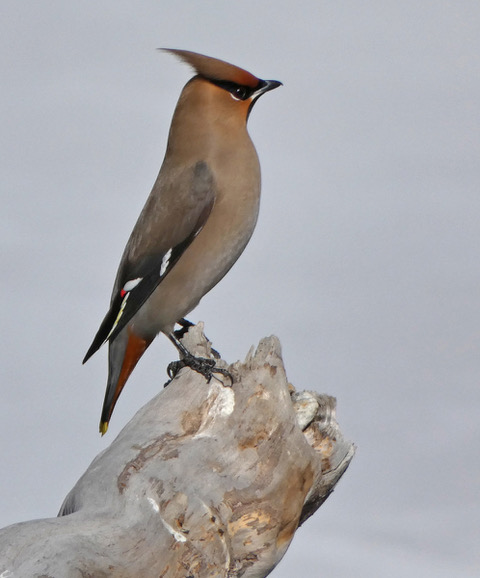
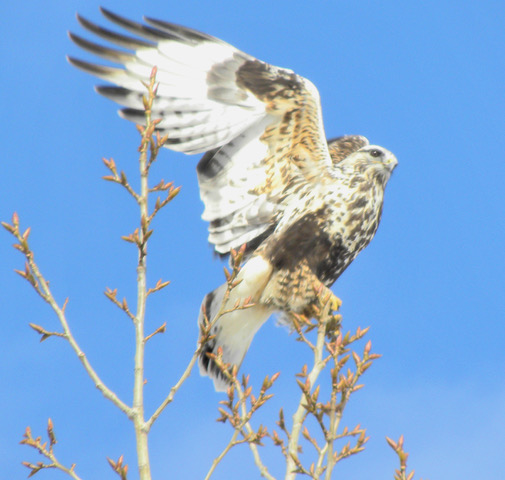
Sandi Harder
I always enjoy your Blog Pam. I have a lot of Osprey around and I was wondering if they migrated.